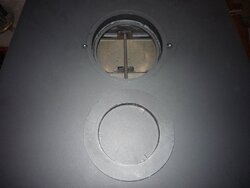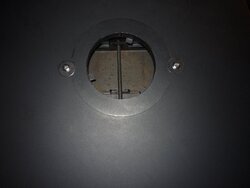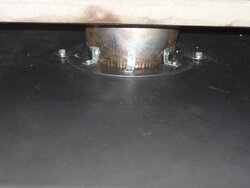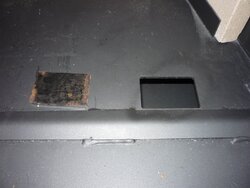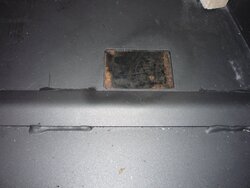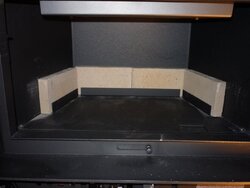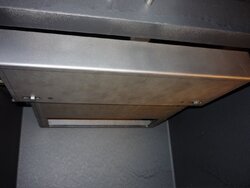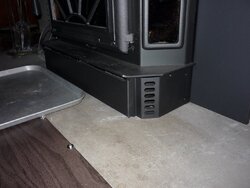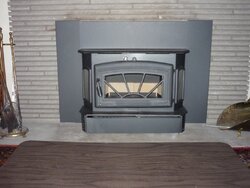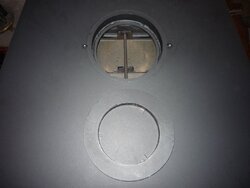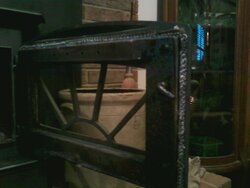Three years ago I purchased a Drolet Escape Insert and quickly realized it was going to be a real challenge to heat my home. Each year I got a little better at coaxing heat out of the stove as the quality of my wood improved but it required a tremendous amount of micro managing and frequent loading. My home’s heating requirements, (1900 sf with mostly old single pane window including 3 very large picture windows), were just too much for the small stove. Getting up in the middle of the night to reload was miserable. The Escape also produced a lot of dust in the house as ash would fall down into the blower, despite my attempts to work around the design flaw. I looked at a number of stove options and while I wanted to stick with an insert, two years ago I deposited money on the Progress Hybrid but just decided it was too expensive for my budget.
In January of this year I noticed a Craigslist ad from Service Sales announcing an overstock stove sale. I was interested in trying a catalytic stove and decided to purchase the Appalachian 52 Bay Insert at a fantastic price. I know it will not have the burn times of a Blaze King but this 52 Bay cost me less than half what I would pay for a Princess Insert. I installed the stove late in August and just getting around to posting now. I am using this thread to document some of the installation process.
In January of this year I noticed a Craigslist ad from Service Sales announcing an overstock stove sale. I was interested in trying a catalytic stove and decided to purchase the Appalachian 52 Bay Insert at a fantastic price. I know it will not have the burn times of a Blaze King but this 52 Bay cost me less than half what I would pay for a Princess Insert. I installed the stove late in August and just getting around to posting now. I am using this thread to document some of the installation process.


